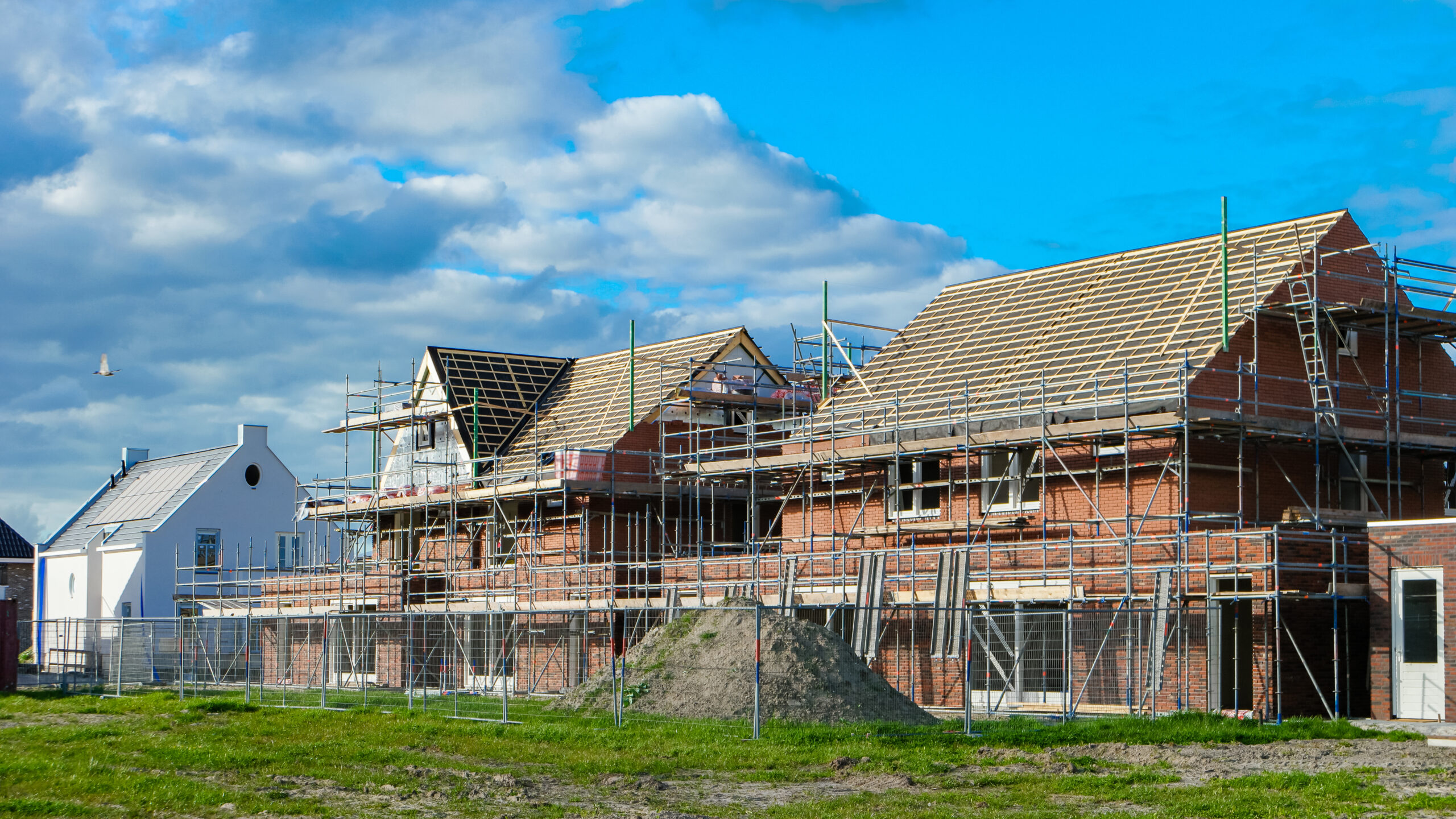Structural warranties are a key component in managing risk on any new-build or newly converted residential scheme.
Whether you’re a developer, investor, funder, or end user, these policies provide long-term, critical protection against construction-related defects- helping to safeguard both the asset and the people relying on it.

What is a structural warranty?
Also known as latent defects insurance or building warranty insurance, a structural warranty is a long-term insurance policy that protects against defects in the structure of a building caused by failures in design, materials, or workmanship.
Most warranties run for 10 or 12 years from practical completion and offer first-party cover meaning claims can be made directly with the insurer- without needing to prove fault or pursue lengthy litigation.
This makes them especially valuable in scenarios where the original contractor or design team is no longer available or has become insolvent.
What does it cover?
Coverage can vary between insurers, most structural warranties include cover for:
- Defects in load-bearing elements such as foundations, walls, floors, and roof structures
- Waterproofing failures that lead to ingress in basements, balconies, roofs, or other protected areas
- Design and workmanship issues in key structural components
- Contaminated land remediation (where included)
- Alternative accommodation costs if a covered defect makes the property temporarily uninhabitable
- Remedial works to access or repair a covered or inaccessible defect
What is/How is it different from a defects liability period?
In most cases, a structural warranty includes an initial “defects period” (typically two years), during which the developer or contractor is responsible for minor issues and snagging.
After this period, the warranty enters its main phase, covering latent defects, those that weren’t visible at handover but emerge over time- often with structural or waterproofing consequences.
It’s important to note, that if the developer fails to carry out their obligations during the defects period that the insurer will carry out the repairs, and pick it up with the developer legally afterwards- So the policyholder is still covered, regardless of the status of the developer.
Why does it matter?
Structural warranties serve multiple strategic purposes across the development lifecycle:
- Protecting long-term asset value by reducing exposure to costly structural failures
- Facilitating finance and sales by meeting (increasing) lender and purchaser requirements
- Supporting smooth exit strategies whether through sale, retained ownership, or forward funding
- Providing operational certainty particularly when contractors become insolvent or unavailable
Managing contractor insolvency risk
The collapse of several significant contractors in recent years, including Buckingham Group, Henry Construction, and most recently ISG has sent shockwaves through the construction sector. For developers and end-users, the impact goes beyond programme delays; one critical consequence is the potential invalidation of building warranty insurance.
Insurers treat a mid-build change in contractor as a material change in risk. Without immediate notification and reassessment, the original warranty provider may withdraw their offer of cover. Retrospective cover can be difficult and expensive to secure—especially if the scheme is already underway and the new team was not part of the original underwriting.
An important point to consider: if the contractor paid the original premium and then enters administration, any return premium (following a policy cancellation) will go to the administrator, not the new property owner. To avoid delays or loss, we often recommend that the client, whether a housing provider or investor, pays the premium directly & ensures they are named beneficiary of the policy.
Top considerations when choosing structural warranty cover
At J3 Advisory, we help clients navigate the warranty market with a focus on:
- Insurer strength and regulation : Is the provider FCA/PRA regulated? Are they financially sound, is their policy mentioned on the UK Finance approved lender list?
- Scope and structure of cover: Does the warranty meet funder, purchaser, and operational requirements?
- Specialist risks: Is the scheme using MMC? Is it part-complete, a refurbishment, or a conversion?
We also regularly review existing warranties, flag potential gaps, and help secure supplemental cover where needed.
Structural Warranty Cover:
Whether you’re delivering a new-build scheme, acquiring completed units, or managing risk across a portfolio, having the right structural warranty cover in place is essential. At J3 Advisory, we specialise in advising on structural warranty placement across the residential and mixed-use sectors. From first-time developers to experienced institutions, we provide independent, strategic advice to help you secure cover that’s reliable, funder-approved, and future-ready.
If you’d like support reviewing a current scheme or planning ahead for a new one, we’re here to help.
About the Author

Ellie Farrell
Senior Advisor
Ellie has collaborated with developers across the UK, delivering tailored insurance solutions for a diverse range of high-value developments. Ellie brings a wealth of knowledge and a dedicated focus to the North West region. Her proactive approach and commitment to her clients have earned her a reputation for providing high-quality service and creating long-term value.





